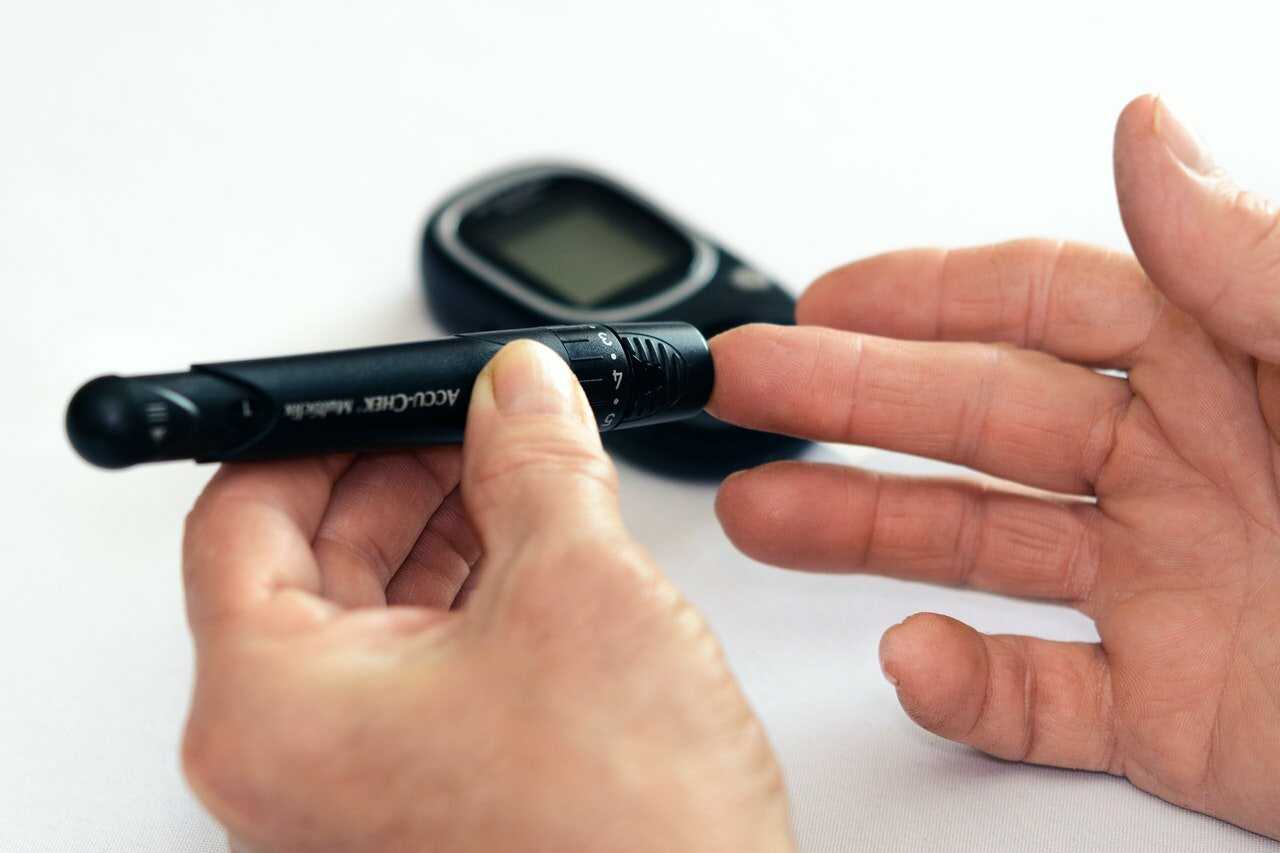More young people are expected to be diagnosed with type 2 diabetes over the next twenty years, contributing to more than a billion dollar rise in the public cost of the disease, a new report states.
The multi-agency report outlines the growing cost, and widening inequity of continuing business as usual diabetes care. It points out interventions the government could use to save hundreds of millions of dollars, increase life expectancy, and improve the quality of life for diabetic Kiwis.
The SMC asked experts to comment on the report.
Professor Pamela von Hurst, College of Health, Massey University; President, Nutrition Society of New Zealand comments:
“This report confirms what dietitians and registered nutritionists already know so well – that a nutrition and lifestyle intervention, delivered by a qualified nutrition practitioner, can not only halt progression of a disease such as type 2 diabetes, but can often reverse it. Many people avail themselves of professional guidance from a private practitioner and successfully lose weight and change the course of their health conditions.
“Unfortunately, as the report explains, such effective interventions are not accessible to the people who need them the most. This inequity in service provision will result in an ever-increasing burden of disease in high risk populations until funding is directed towards early identification of risk and targeted, individual prevention strategies.”
No conflict of interest.
Distinguished Professor Geoff Chase, Dept of Mechanical Engineering, Centre for Bioengineering, University of Canterbury, comments:
“Type 2 diabetes (T2D) is everywhere and nowhere, well-recognised, but not seen. It is also a ‘juggernaut’, a merciless, unstoppable force. Health systems already facing significant stresses and increasing lack of equity of access to care will be crushed under the growing weight of T2D. Worse, the hit will be unequally distributed socio-economically, hitting those most vulnerable far and away the hardest.
“While T2D is not climate change, it is an existential threat, and requires the same sort of major societal “pivot” and effort, just to keep our heads above water.
“The high personal, social, and economic costs of T2D demand significant innovation, as much as (or more than) the increased incremental focus of interventions suggested in the report. However, there is no real mention how innovation could be used to drive solutions which significantly reduce costs and improve lives.
“Increasing activity and advanced drugs both come with difficult side effects and lack “stickability” (technically, persistence and adherence). I believe the real answer lies in innovation driven ultra-low-cost, high quality solutions that work within the real lives people lead, both socially and culturally, as well as economically.
“The ‘juggernaut’ will not be beaten by more effort and consistency doing the same things, but by disruptive changes to reverse the negative economics and outcomes, or, innovation not evolution.”
No conflict of interest declared.
